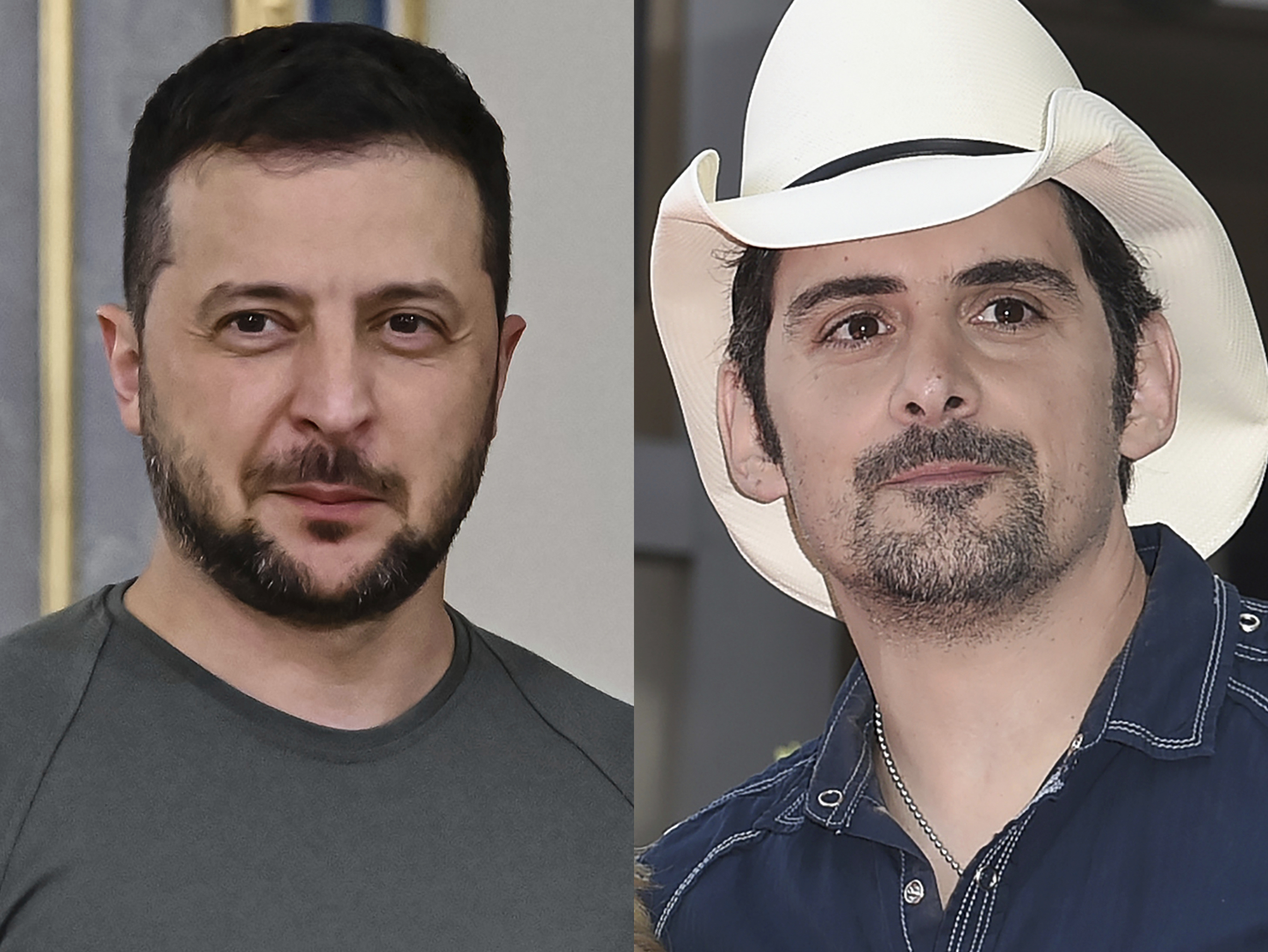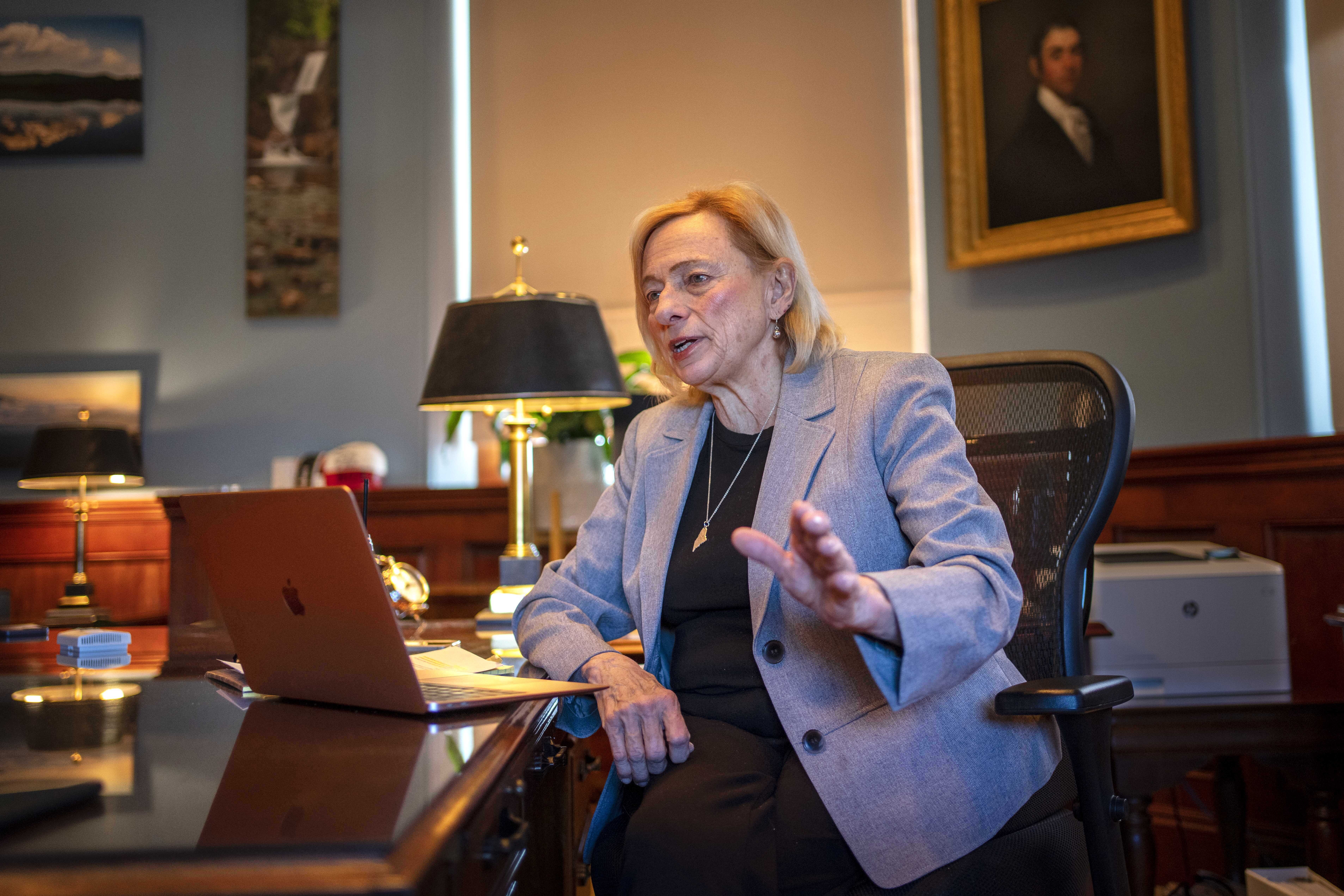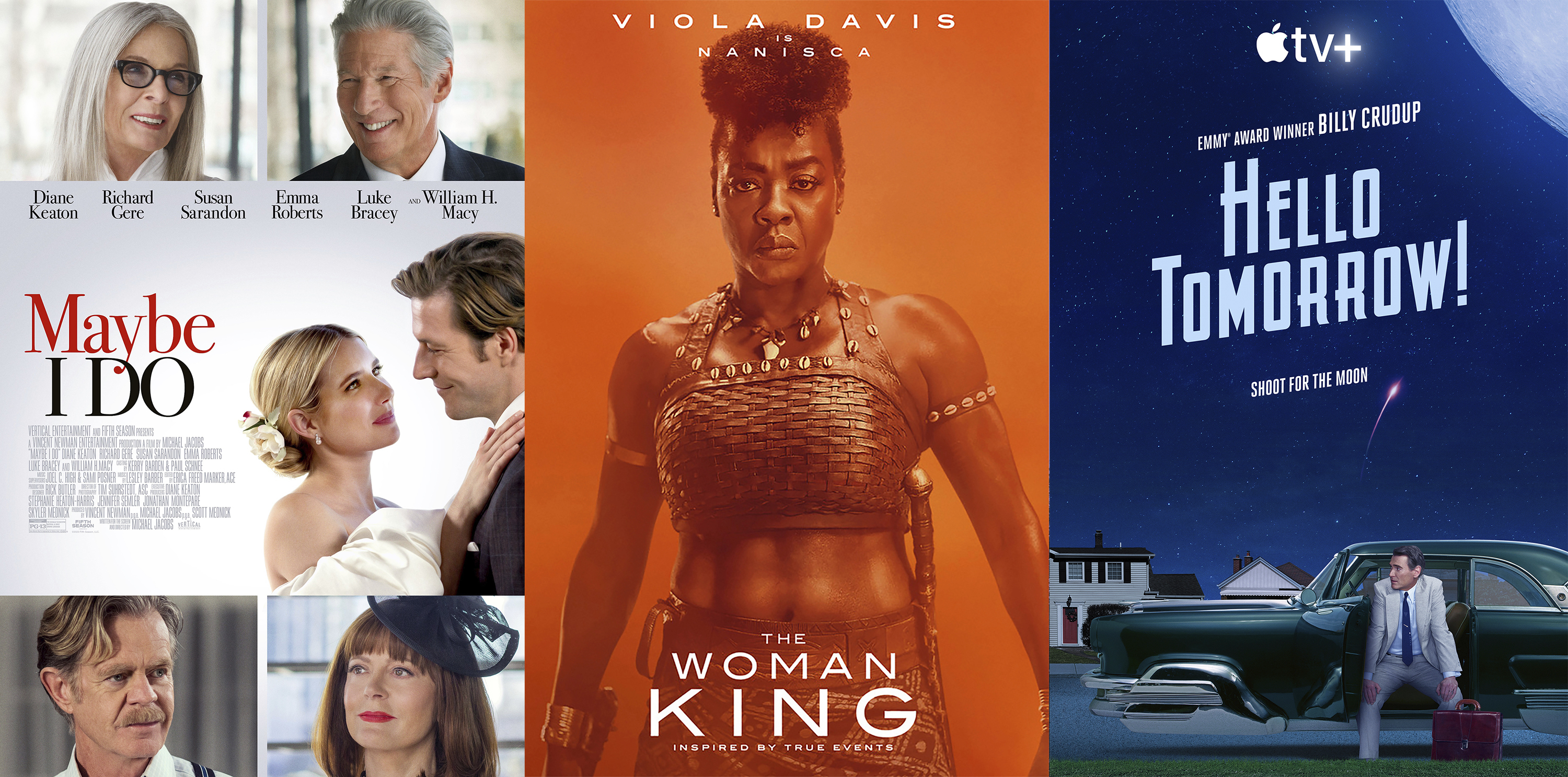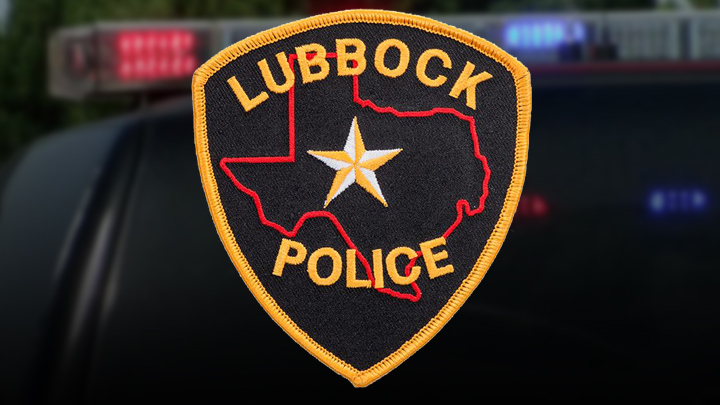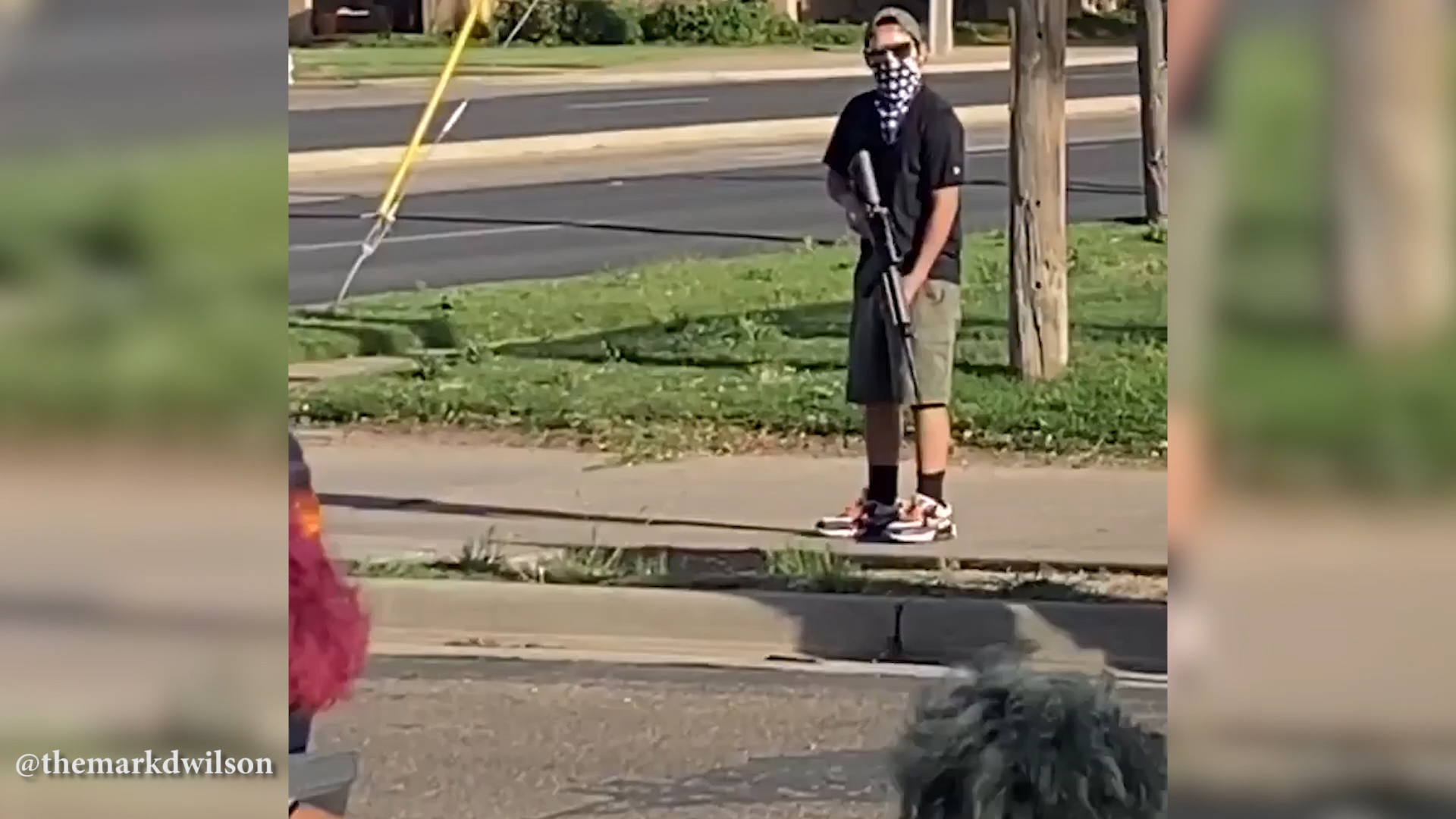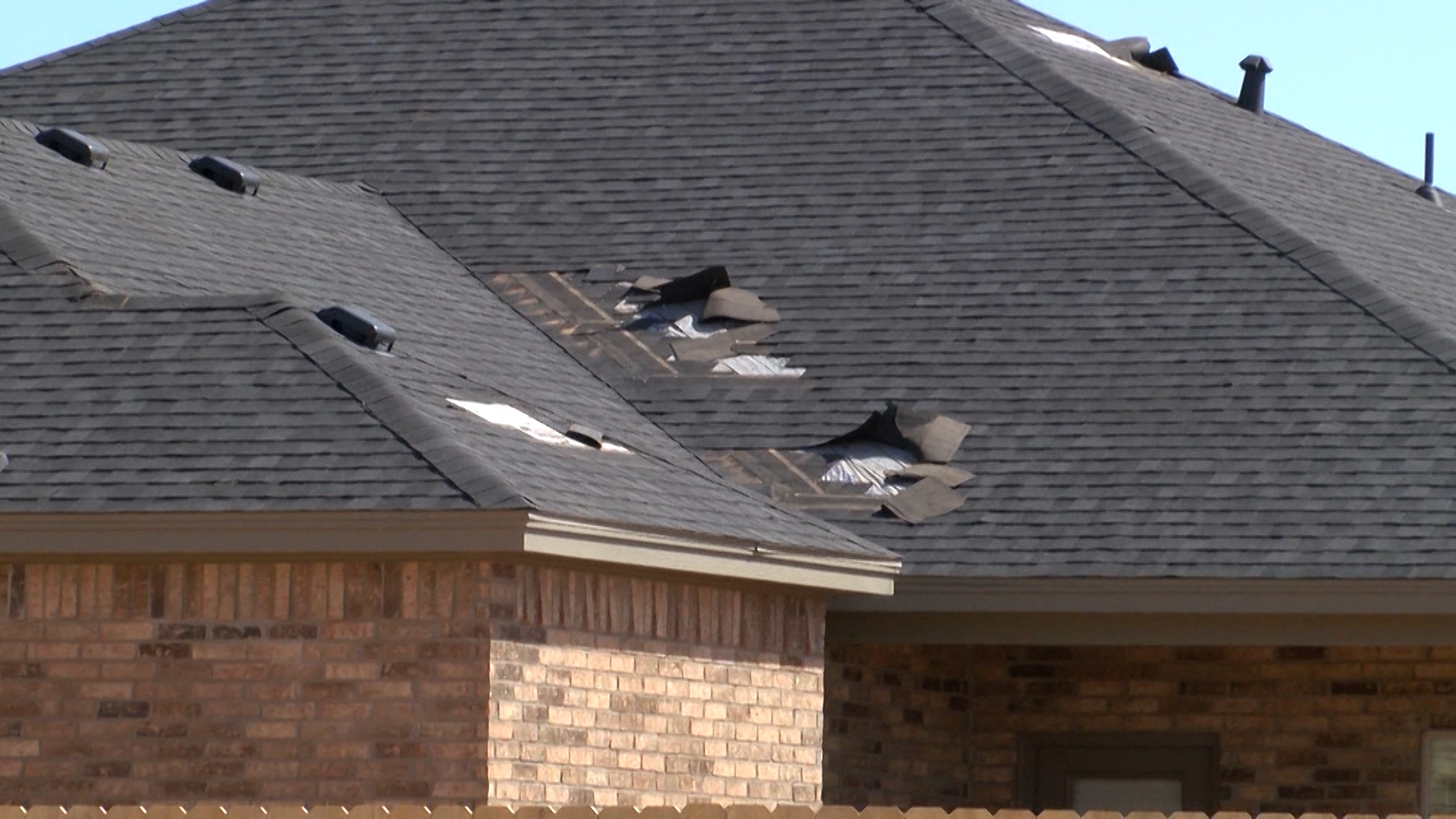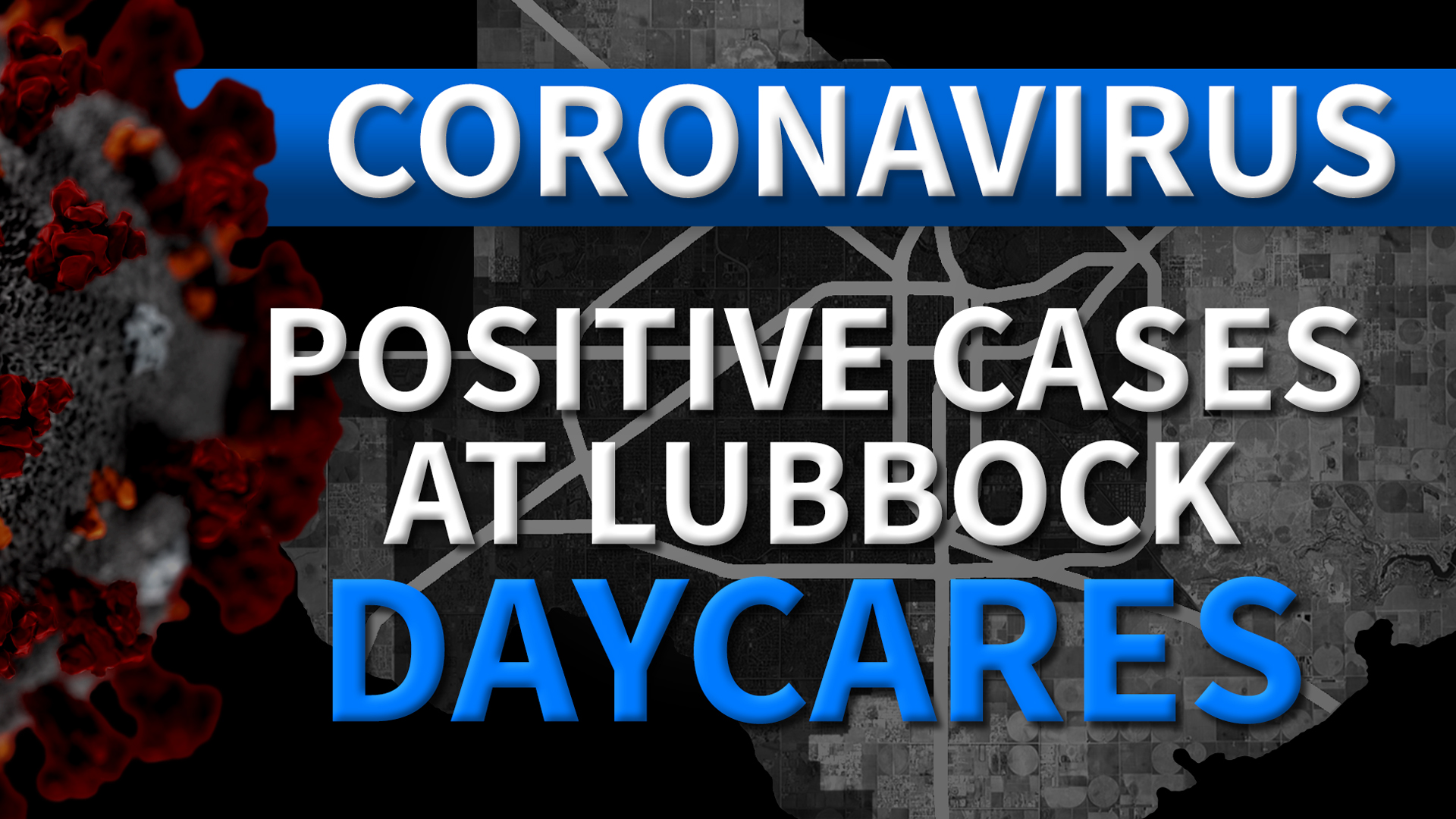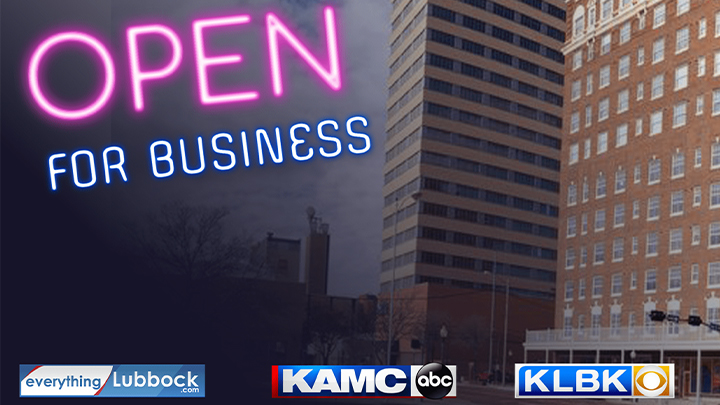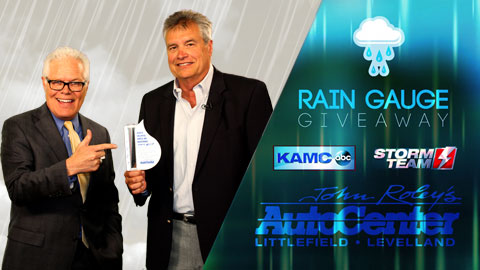LUBBOCK, Texas – A lack of knowledge seems to be what fellow Texans who struggle with hunger and food insecurities are dealing with when it comes to making healthy choices. Better Living For Texans (BLT) is a grant-funded nutrition education program through Texas A&M AgriLife to help combat the marketing gimmicks and a flood of information people receive.
BLT is designed for those that participate or are eligible in the Supplemental Nutrition Assistance Program (SNAP), formerly known as the Food Stamps Program.
These programs range from learning how to make healthy meals, improving physical fitness and saving money at the grocery store to planting community gardens and adopting better food safety habits.
Cory Edwards, Extension Agent for BLT says, “If your child goes to a school that is 50% or more free or reduced lunch, then I can offer a program series in that school for youth and adults.”
Learn, Grow, Eat and Go is a school program which covers gardening, nutrition and vegetable tastings. “We use our five senses to determine if we like a vegetable,” said Edwards. “We try lots of fun new vegetables.”
Growing and Nourishing Healthy Communities is a program geared towards community gardens and teaches people how to grow their own food. Research shows that people are more likely to try or eat the foods they grow.
“We teach them the importance of making those healthier choices to increase their fruit and vegetable consumption and the reason why they want to do that and how they can do that with limited resources,” said Edwards.
Increasing physical activity is also important for both youth and adult programs. BLT has found fun and creative ways to encourage participation like the Walk Across Texas program which awarded participants with step counters to track their progress.
“We’re having a competition between the senior centers in Lubbock county to see who can log the most miles for eight weeks,” said Edwards. “We’re not actually walking across Texas, but we’re pretending that we’re going to the beach. And so we’re seeing which center gets the most miles each week and gets us closer to the beach.”
Beyond the success of the programs are the meaningful experiences that come along with it. Edwards recalled a senior no longer having to use her cane after participating in the Walk & Talk program, and a young man meeting his challenge by trying and documenting his vegetable intake over a two week period. “I felt really good about that,” said Edwards. “That we have made a difference.”



